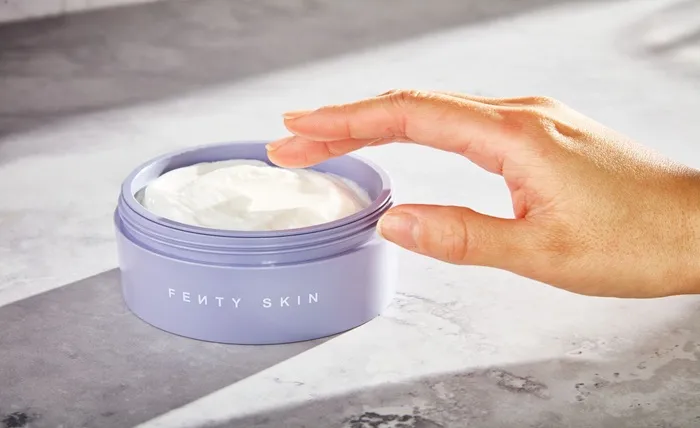Why We Care About Pet Calm and Natural Care
We see pets as family, plain and simple. We want them calm, happy, and pain-free. Many of us have tried treats, toys, and long walks. Sometimes those things don’t cut it. That’s where a gentle option can help. We’ve watched nervous dog’s quiet down. We’ve noticed older cats move more easily. I want to share what I learned without the hype. In this short intro, I’ll cut to the chase and show you clear steps. I’ll explain what to expect and what to watch for. I’ll also point out common mistakes to avoid. You’ll get simple, practical tips you can try today. Below, I bold the precise term so it stands out: CBD oil for pets. Use this guide as a map, not a rulebook. Please read it, take small steps, and check with your vet when needed. We keep things honest and valuable. Let’s get to the how and why.
What Is CBD Oil and How Does It Work for Pets
You might be wondering what CBD really is. CBD comes from hemp plants. It is not the part that gets people high. Pets have an endocannabinoid system, too. That system helps regulate mood and pain. CBD interacts with that system gently. People use it for anxiety and aches. Pets can respond in similar ways. Results vary by pet and dose. Start low and watch closely. Don’t expect instant magic. Some pets change in days. Others need weeks to show change. Side effects are usually mild. Drowsiness or an upset stomach can happen. Always choose pet-specific formulas. Ask your vet about interactions with meds.
- Start with a low dose and increase slowly.
- Look for products made for animals.
- Watch for changes over a week or two.
How To Give CBD Oil to Your Pet Safely
Giving CBD is simpler than you think. First, weigh your pet. Use weight to guide dose. Use a calibrated dropper each time. Put oil on a treat or under the tongue. If your pet refuses, try mixing it with food. Keep doses consistent every day. Note the time you give it. Observe behavior for two weeks. Keep a small log of dose and reaction. If you see vomiting, stop and call the vet. Avoid human CBD products. They may contain wrong doses or additives. Keep the label and batch number handy. Store oil in a cool, dark place. Never leave it where pets can lick bottles. Adjust the dose only in small steps.
- Use a dropper to measure precisely.
- Try oil on food if direct dosing fails.
- Track reactions in a simple notebook.
Why You Might Consider CBD Oil for Your Pet’s Anxiety
Pets feel stress from strange sounds and new places. Separation can hit them hard. You may notice trembling, pacing, or hiding. CBD can help some pets feel less wound-up. It may reduce nervous chewing or barking. It’s not a cure-all, though. Pair CBD with training and routine. Behavior work helps long-term. Use CBD when triggers are predictable. For storms, give a test dose well before the event. Observe how your pet reacts next time. If there is no change, reconsider the plan. Talk to your vet about long-term use. Monitor liver-related labs if your vet suggests them. Keep expectations modest and flexible.
- Use CBD as part of a broader plan.
- Try it for short trials before significant events.
- Combine with calming routines and training.
Final Steps and How We Can Help
We want the same thing you do: a calm pet and a clear plan. We suggest you start small and keep notes. Check in with your vet before starting. If your pet shows a clear benefit, keep the routine simple. If not, stop and reassess. We can help you think through doses and schedules. We can also help you phrase questions to take to your vet. Try one small change this week and watch closely. If it helps, great. If not, that’s fine too — you learned something. Ready to try a careful test and see how your pet responds? Let’s do this together.







